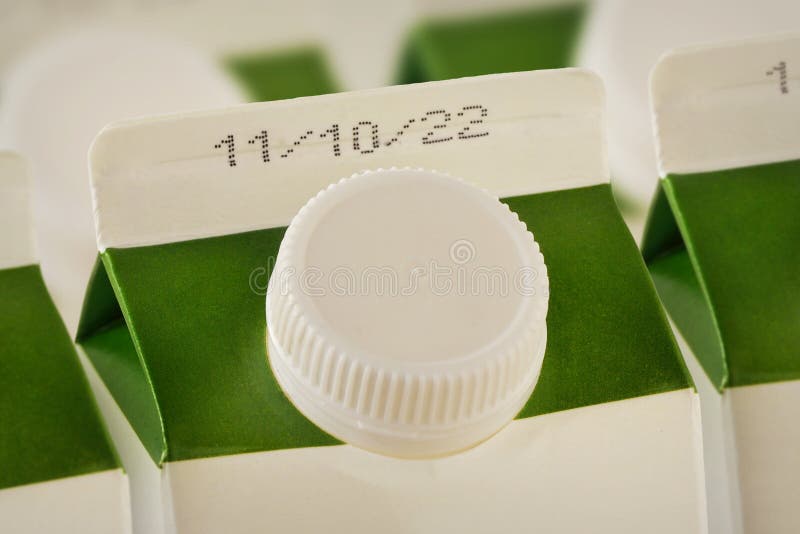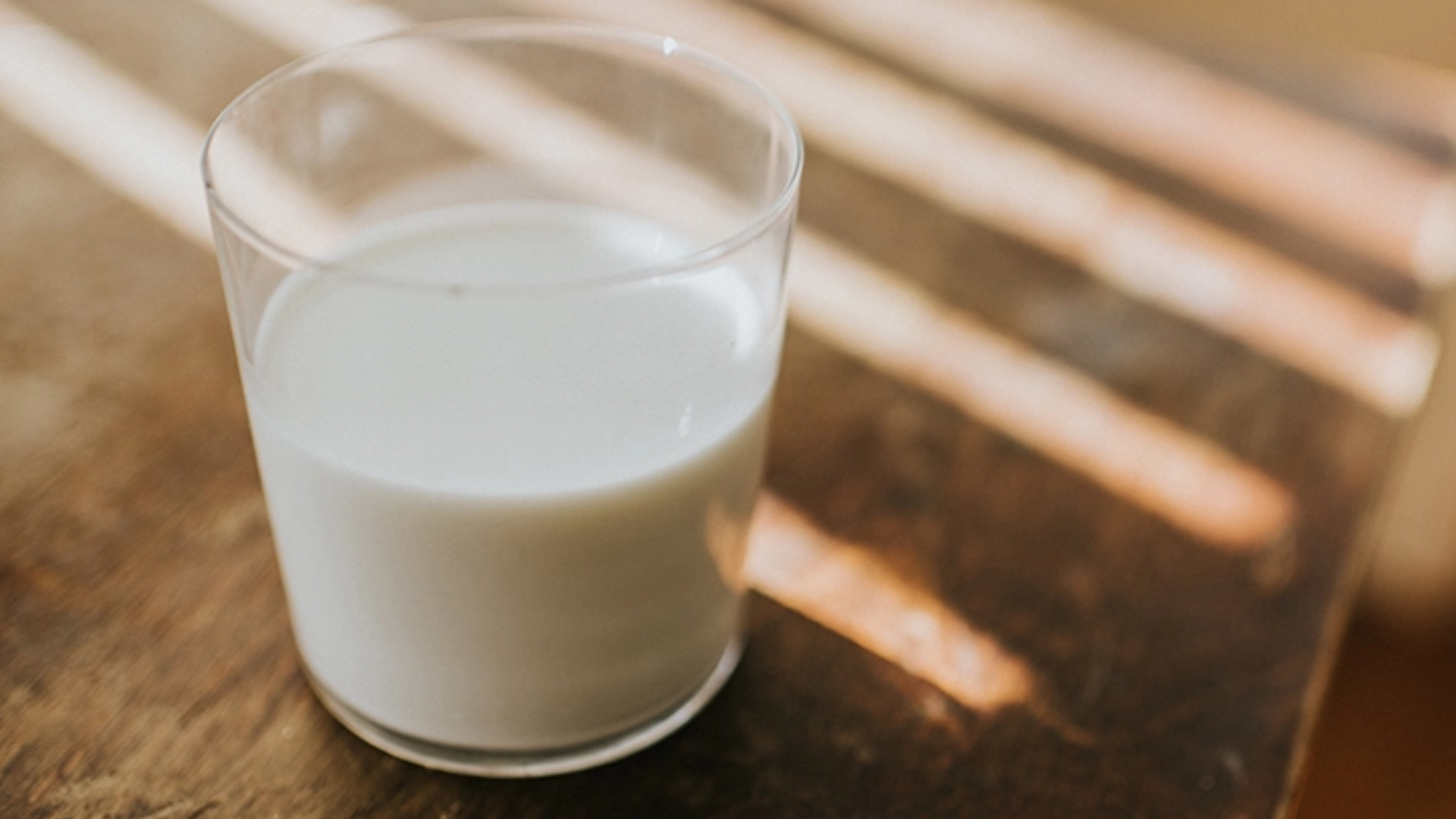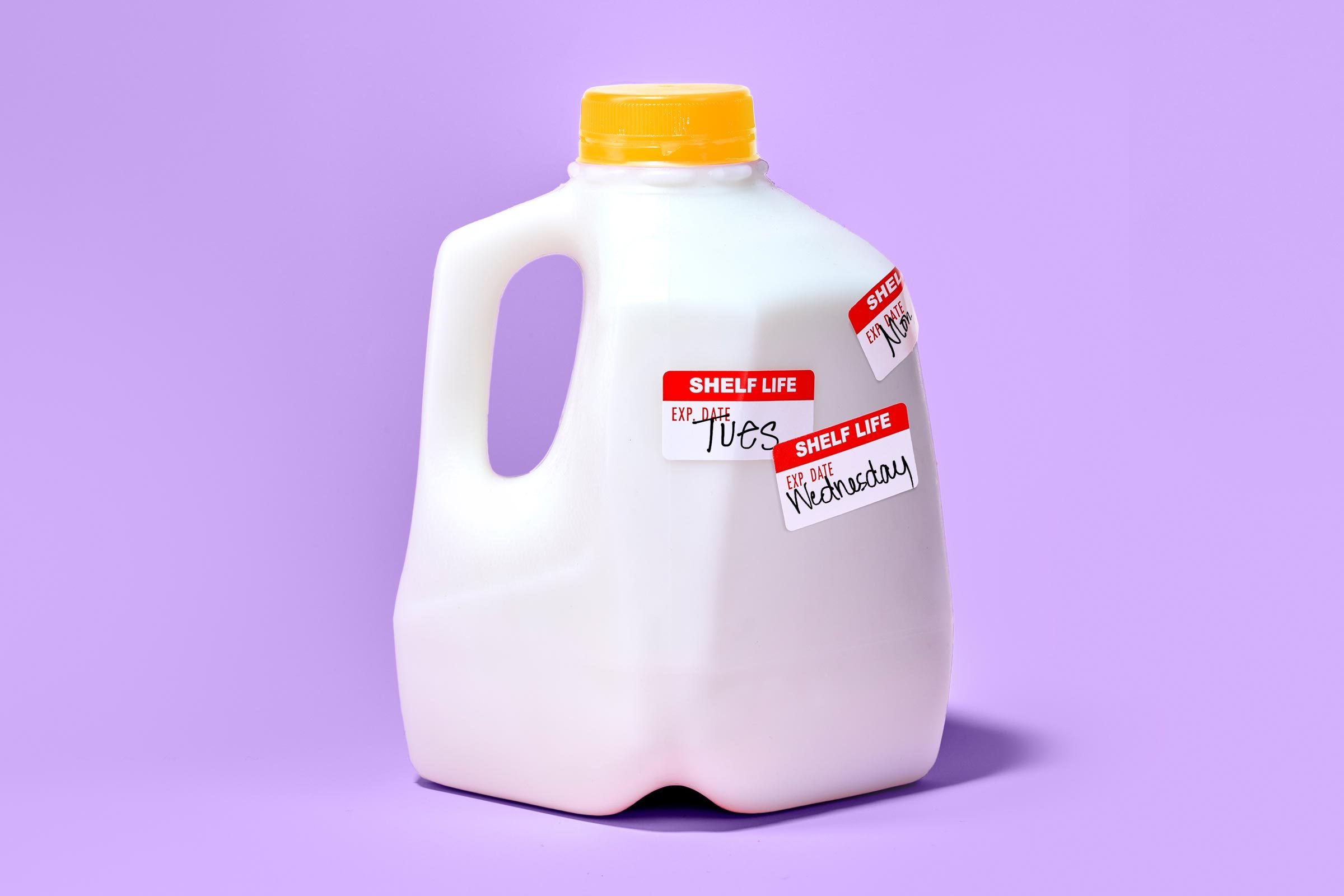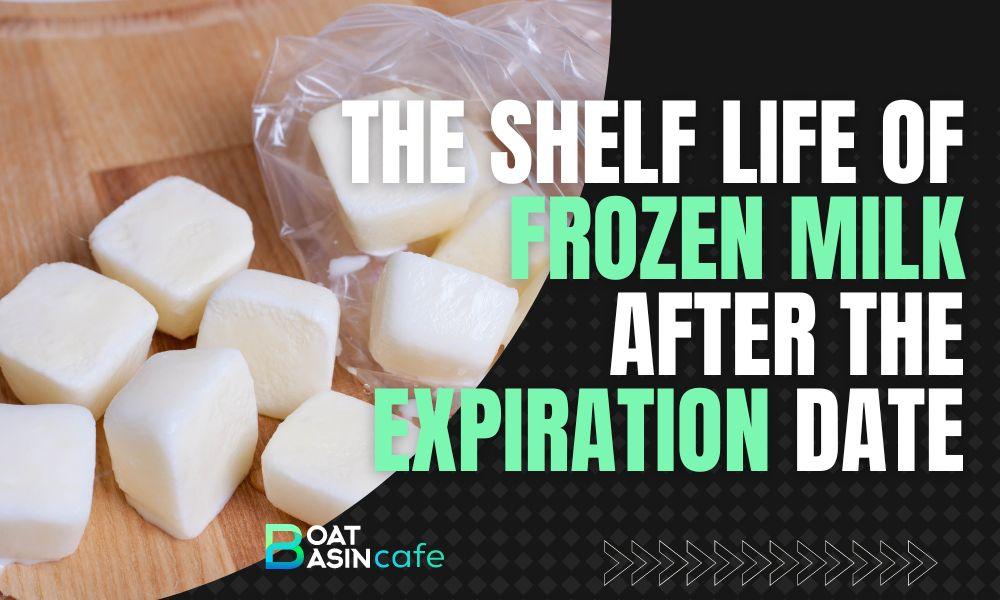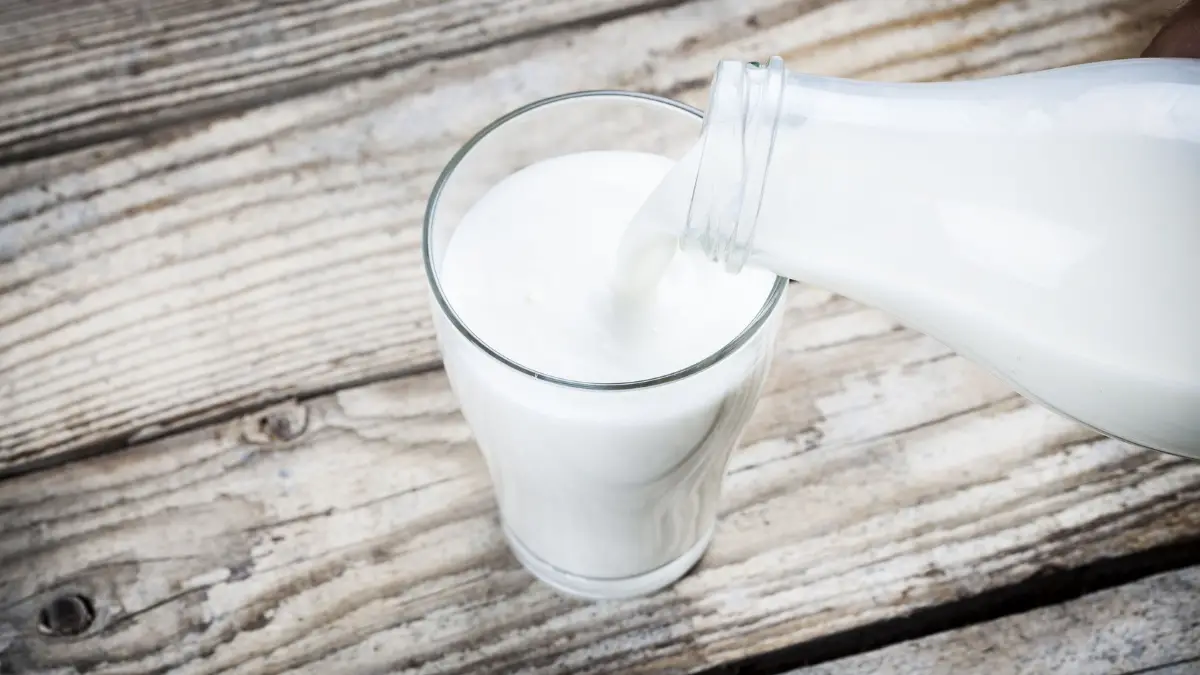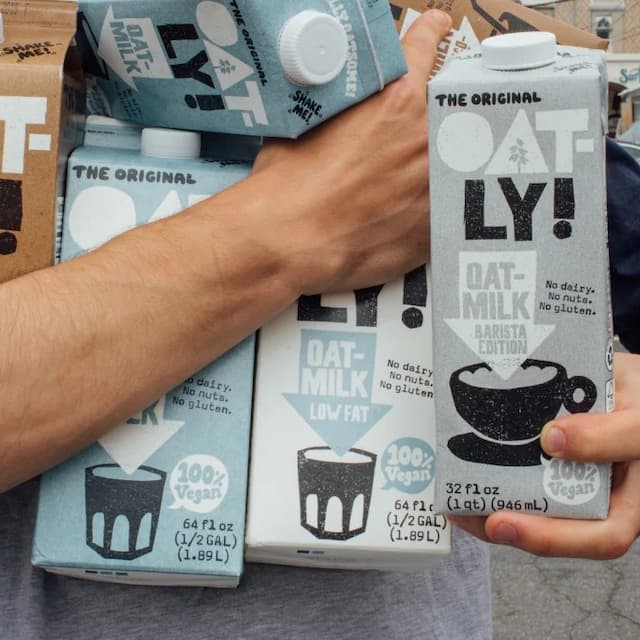How Long Is Unopened Milk Good For After Expiration Date

Urgent alert: Millions risk food poisoning annually due to confusion about milk expiration dates. Understanding the science behind milk spoilage is crucial to avoid unnecessary waste and health risks.
This article provides clarity on how long unopened milk remains safe after its printed date, distinguishing between "sell-by," "use-by," and "best-by" labels, offering practical guidelines to minimize risk and maximize food safety.
Decoding Milk Labels: Sell-By, Use-By, Best-By
Confusion arises from varying date labels. The "sell-by" date is for retailers, indicating when the product should be removed from shelves, not when it becomes unsafe to consume. The "use-by" date is the manufacturer's suggestion for peak quality.
"Best-by" dates are also about quality, not safety. These dates differ significantly from actual expiration dates related to food safety.
The Safety Window: Unopened Milk After the Date
Generally, unopened milk can be safely consumed for 4-7 days after the sell-by or use-by date, if refrigerated properly. This timeframe is based on scientific studies and food safety guidelines from organizations like the USDA.
However, this is a general guideline, and several factors can affect milk's shelf life. Raw milk typically spoils faster than pasteurized milk.
Factors Affecting Milk Spoilage
Temperature plays a crucial role. Milk should be stored at or below 40°F (4°C) to inhibit bacterial growth. Fluctuations in temperature accelerate spoilage.
Pasteurization, a heat treatment process, kills harmful bacteria and extends shelf life. Ultra-pasteurized milk (UPM) has an even longer shelf life.
The type of milk (whole, 2%, skim) can also influence spoilage rates. Whole milk tends to spoil slightly faster than skim milk due to its higher fat content.
How to Determine if Milk is Still Good
Trust your senses. Check for visual cues like curdling or discoloration.
A sour or off-putting odor is a strong indicator of spoilage. Always smell the milk before pouring.
Even if the milk looks and smells okay, a sour or bitter taste means it's gone bad. Throw it out immediately.
Risks of Consuming Spoiled Milk
Consuming spoiled milk can lead to food poisoning. Symptoms include nausea, vomiting, stomach cramps, and diarrhea.
These symptoms typically appear within a few hours of consumption. Individuals with weakened immune systems, pregnant women, and young children are at higher risk of severe illness.
If you suspect you have consumed spoiled milk, consult a doctor immediately, especially if you experience severe symptoms.
Proper Milk Storage Techniques
Store milk in the coldest part of your refrigerator, typically the bottom shelf. Avoid storing milk in the refrigerator door, where temperature fluctuates more.
Keep the milk carton tightly sealed to prevent contamination. Avoid leaving milk at room temperature for extended periods.
Return milk to the refrigerator immediately after use. This minimizes the risk of bacterial growth.
Expert Advice and Recommendations
Food safety experts at the FDA emphasize that date labels are primarily for quality, not safety. Rely on your senses to determine if milk is still good.
Regularly check the temperature of your refrigerator to ensure it's maintaining a safe temperature. A refrigerator thermometer is a useful tool.
Consider purchasing smaller quantities of milk to minimize waste. Buy milk only when you need it.
Milk Alternatives: Shelf Life Considerations
Plant-based milk alternatives, such as almond, soy, and oat milk, often have longer shelf lives than cow's milk. Check the expiration dates on these products carefully.
Once opened, plant-based milks should be refrigerated and consumed within 7-10 days. Follow the manufacturer's recommendations for storage and usage.
Powdered milk offers a longer shelf life than liquid milk. Follow the instructions on the packaging for reconstitution.
Ongoing Research and Developments
Researchers are exploring new technologies to extend the shelf life of milk. These include modified atmosphere packaging and advanced pasteurization techniques.
The dairy industry is working to improve labeling practices to reduce consumer confusion. Clearer labeling will help consumers make informed decisions.
Stay informed about the latest food safety guidelines from reputable sources like the CDC and USDA. This ensures you have the most up-to-date information.
Consumers are urged to adopt safe food handling practices to minimize the risk of foodborne illness. Prioritizing safety is the key to avoid problems.

:max_bytes(150000):strip_icc()/ow-Long-Is-Milk-Good-for-After-the-Expiration-Date-8803748068bc48f7b96d33f3d1afa515.jpg)



